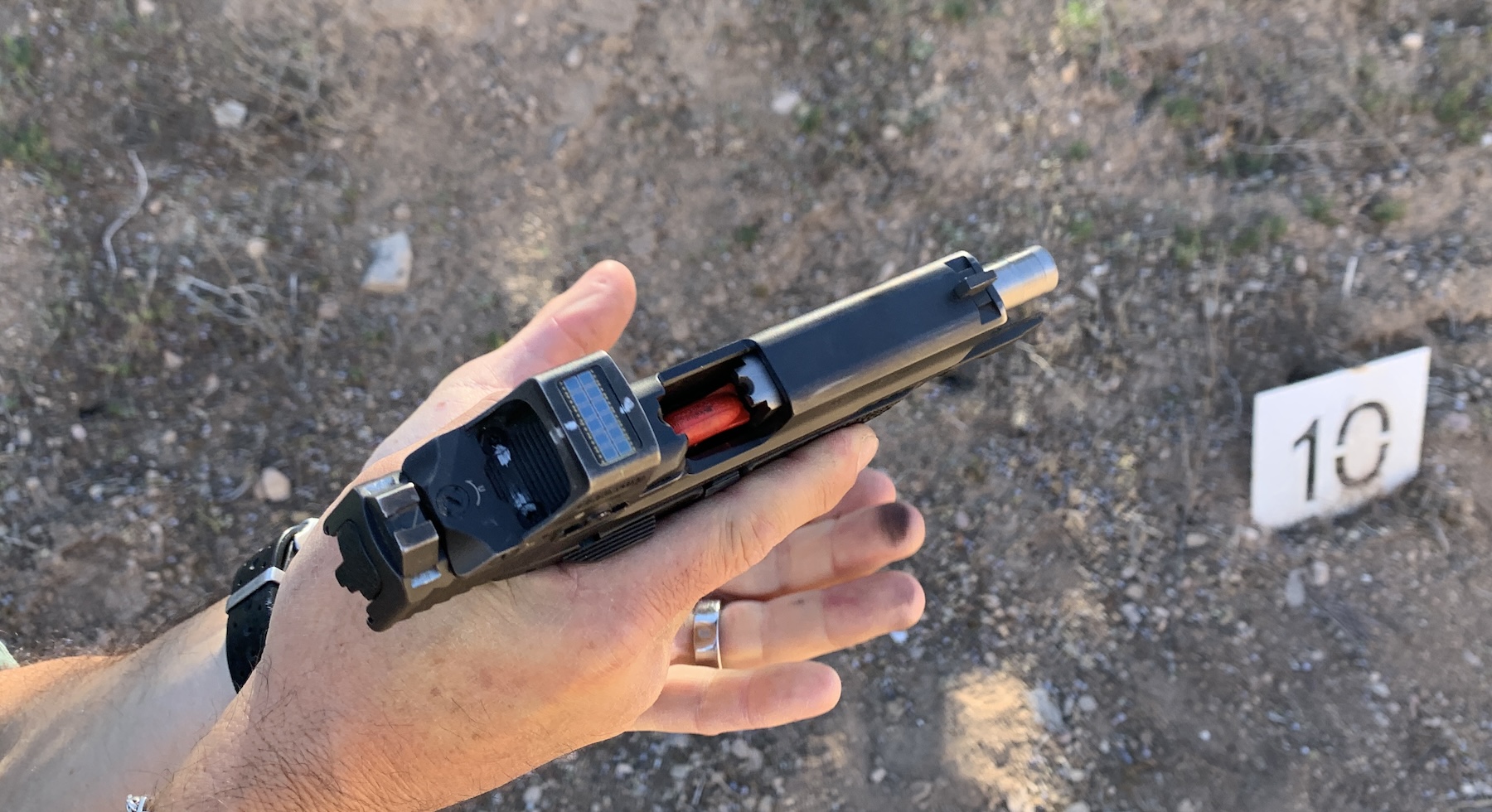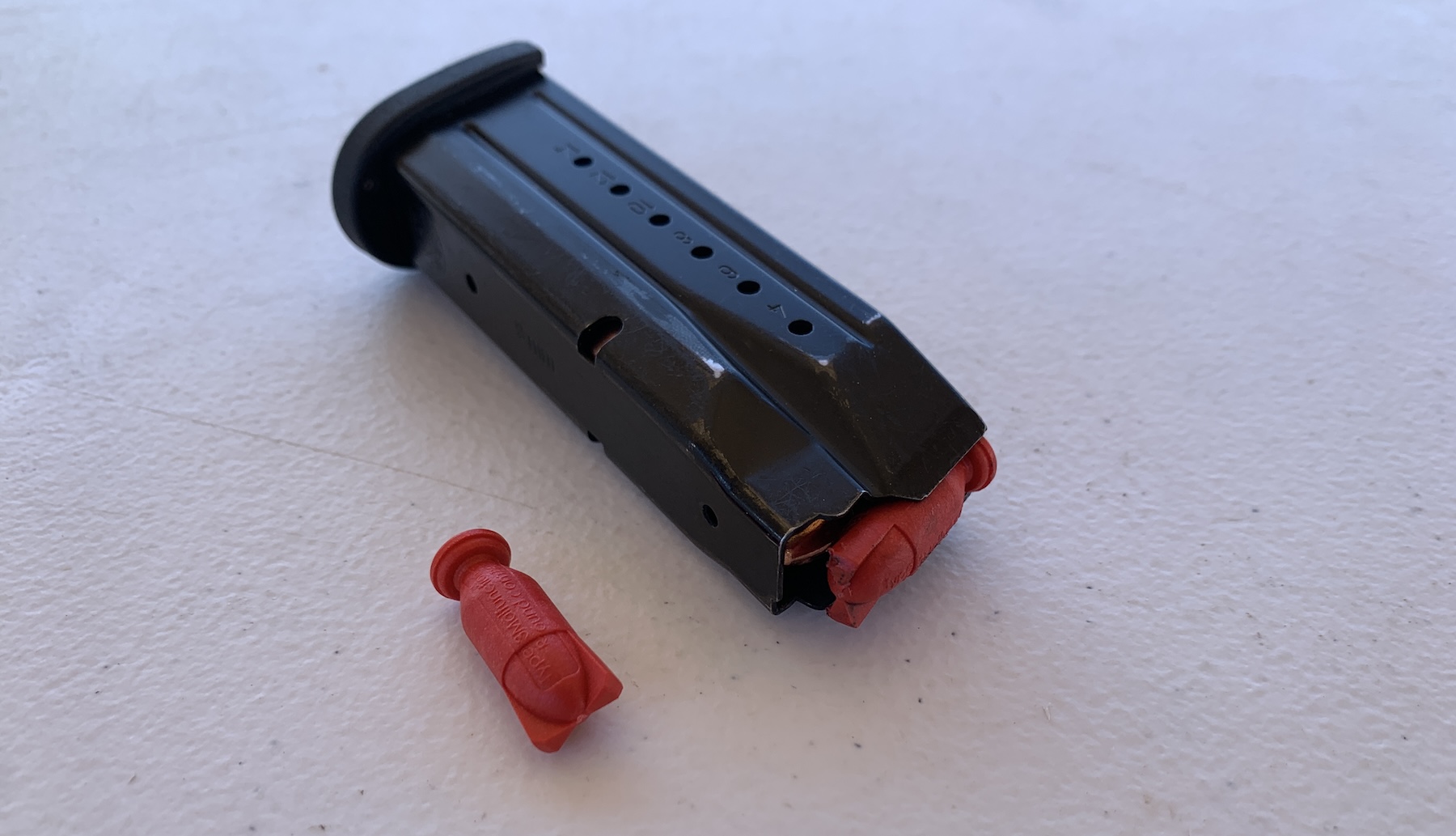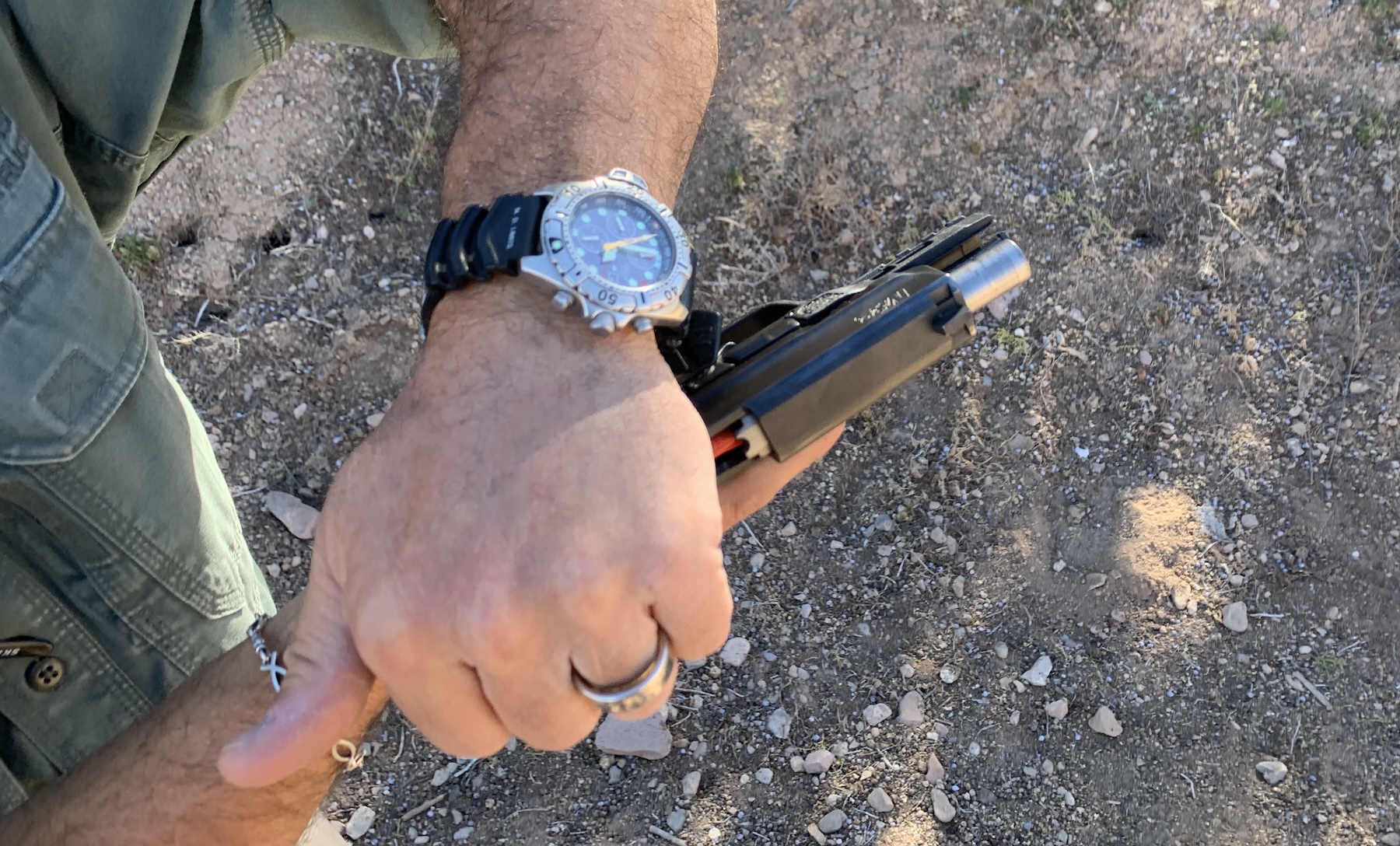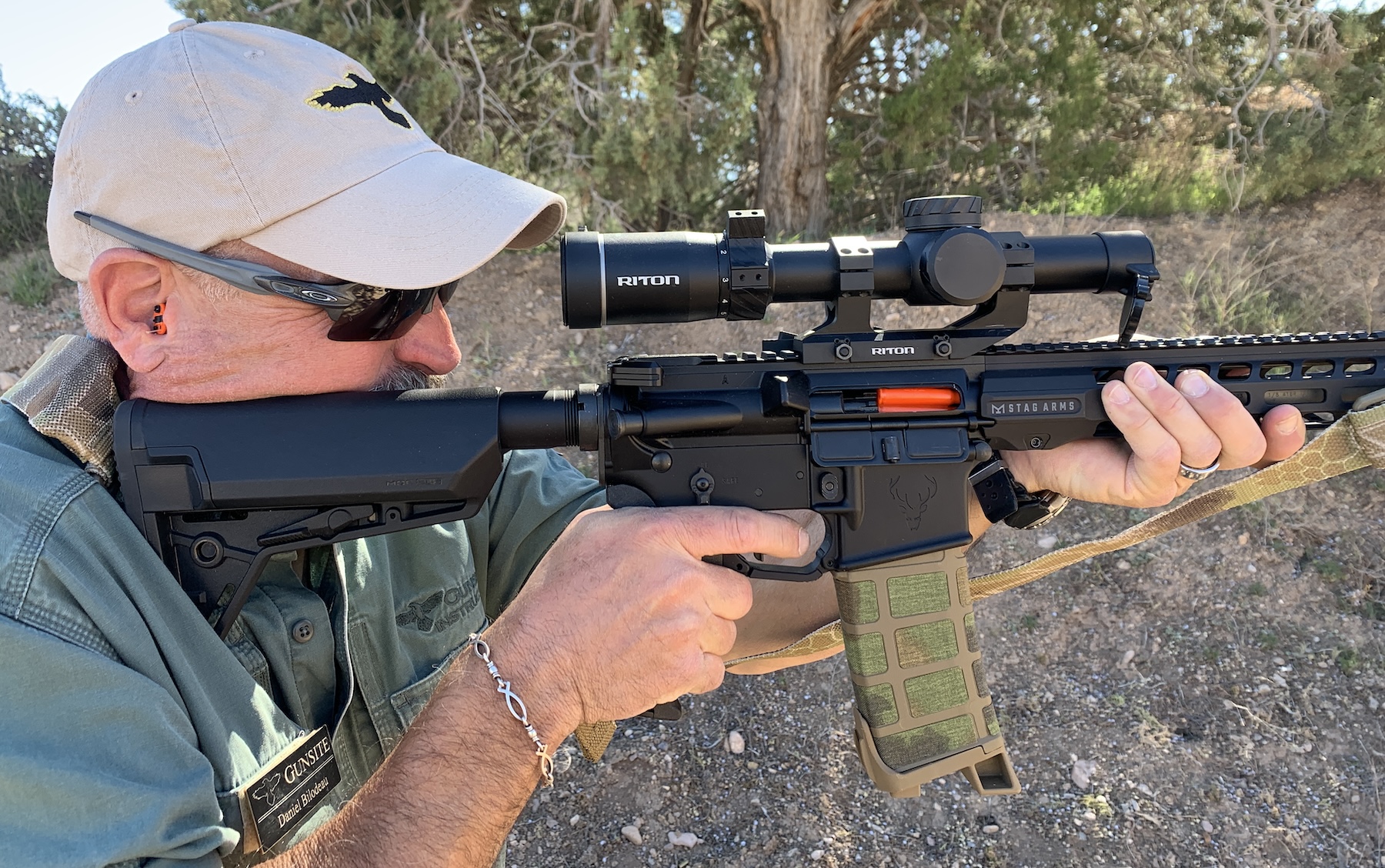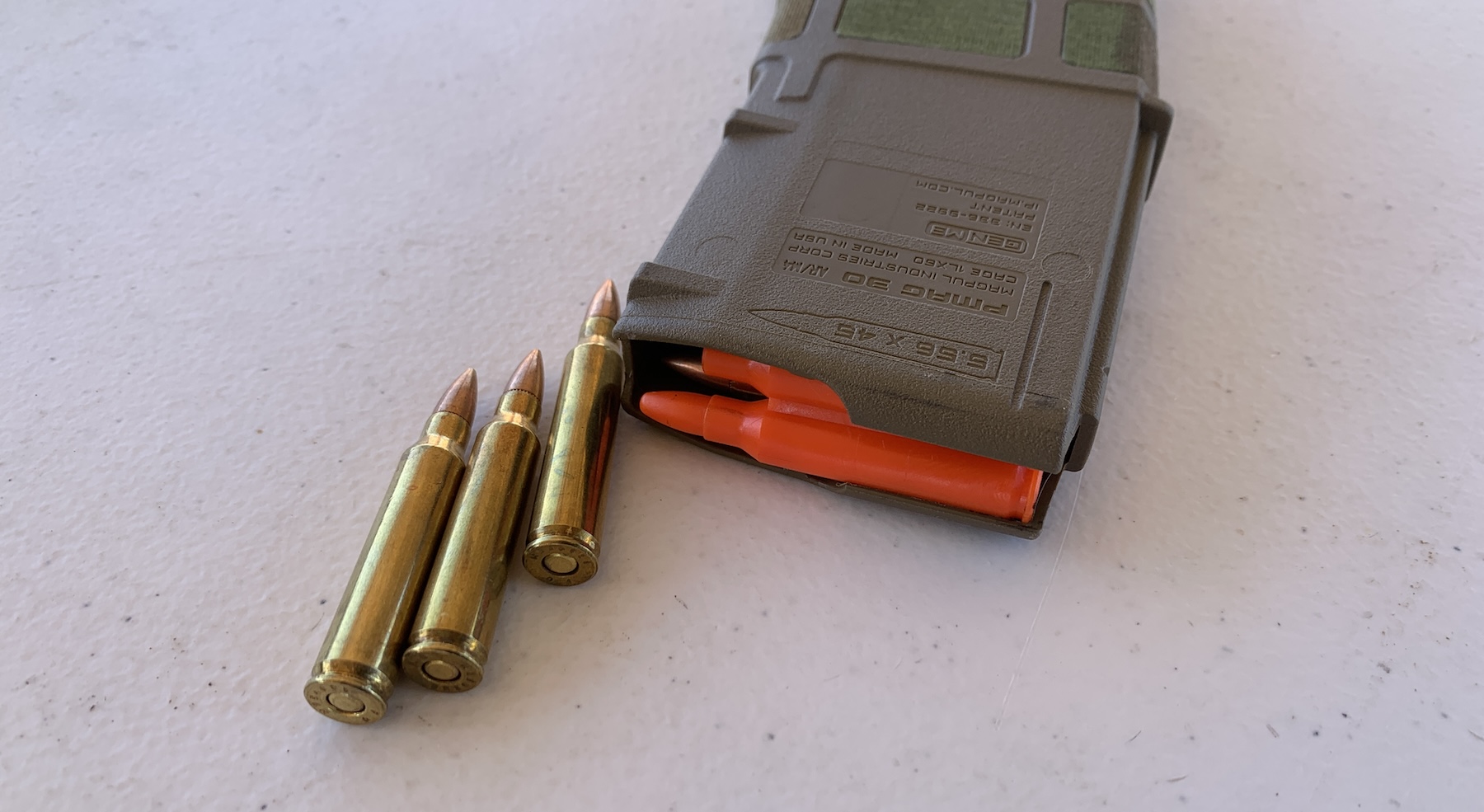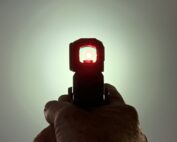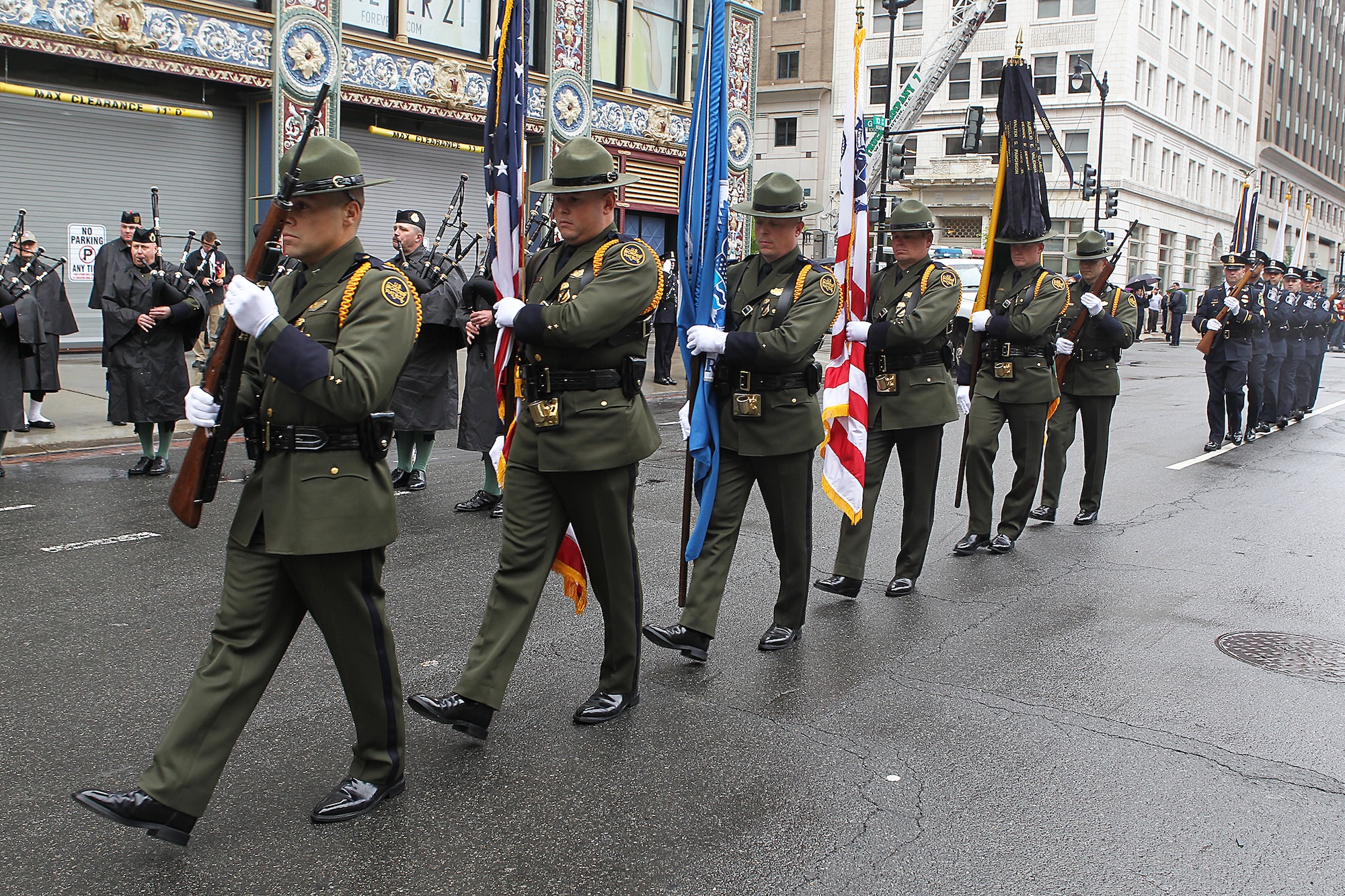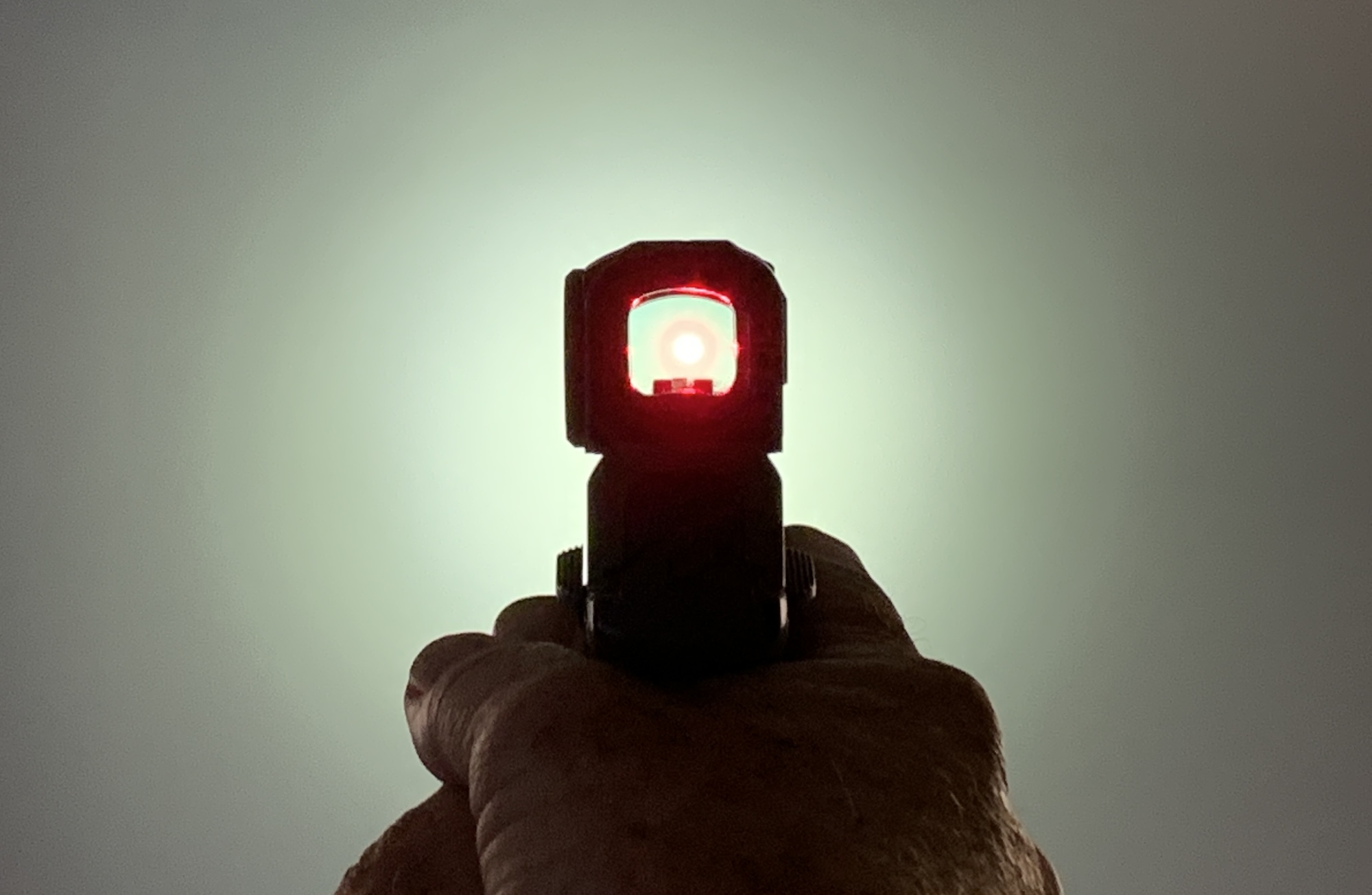
feature_9151
Anything made by Man can break or fail. Far too often, while they rarely come at a good time, those breakages or failures happen at very inopportune moments, like in the middle of trying to save your life or the life of another during a deadly force event.
Types
In a dual-column box magazine, the most common manifestation of this is a double feed – meaning two rounds have left the magazine at the same time and are both trying to enter the chamber.
However, it is different with a handgun because the magazine only allows one round to be fed at a time—regardless of whether it is a single or double-stack design. With a handgun, this manifests itself through a failure to extract, meaning the spent case in the chamber was not removed (extracted), and now the bolt is trying to feed in another round. This version can also happen in a box magazine-fed carbine or rifle.
Cycle of Function
A brief note here: a stoppage (not a jam) is any interruption in the cycle of function. That cycle has eight steps – feed, chamber, lock, fire, unlock, extract, eject, and cock. These similar stoppages have occurred at different places in the cycle. A double feed happens during the Feed portion, while the failure to extract occurred during Extract.
Non-Diagnostic Clearance
With both, unless you can clearly see the specific nature of the stoppage, the default clearance method will be:
“Tap,” push and pull on the base of the magazine to ensure it is seated;
Roll the ejection port down as you Rack the slide or charging handle to the rear (and, if possible, look for cases falling out of the ejection port);
Assess the need to continue the shooting that caused the stoppage in the first place.
Next Step
When the above hasn’t cleared it, you go into a diagnostic clearance. Once you see that one or more rounds are trying to occupy the chamber, then:
Lock the bolt carrier group or slide to the rear;
Rip the magazine out of the weapon. Here is another difference: while the magazine itself is likely the culprit with a carbine, it is unlikely that the pistol is responsible. In both cases, I’d recommend retaining that original magazine until you have ensured you have another one;
(IF this is happening with a carbine, then you insert the fingers of your support hand into the magazine and break free any stuck cartridges;)
Rack the charging handle or slide three times all the way to the rear before letting it go to slam forward.
3 is the Number of the Counting
Ok, why are we racking it three times? I have not seen any good data on that specific number. It is what I was taught for a semi-auto pistol, and I am a fan of commonality. Additionally, with a handgun, the extractor is not designed to slam over and onto the cartridge rim, like the AR15/M4/M16 extractor does. So, with the pistol, we are giving it the best chance to work without getting stuck in an endless loop of doing the same thing and getting the same failed result.
Once the spent case has been removed, you can reload the weapon. If you have a new magazine, great—use it. If not, at least you retained the old one.
Teaching It
Normally, these clearances are taught by demonstrating them and then having the students perform them by setting them up several times. Blocked training is an initial foundation, but there are better ways to ensure they are learned and retained.
Making It Happen
As trainers, we need a way to make these stoppages happen without having the student set it up and then immediately clear it.
Enter the people at LiveFire Tactical Training and Malfunction Training Round. In both cases, they have produced viable training that will help address these skills. The LFTT product is specifically for 9mm pistols (and maybe pistol caliber carbines). The MTR is for .223/5.56mm carbines and rifles.
LiveFire Tactical Training

Agencies and individuals should be doing more training on clearing stoppages. LiveFire Tactical Training’s Type3 Malfunction Round is “a” way for the handgun.
LFTT developed a plastic dummy-like round that has two fins towards the front of the round. They allow the device to be loaded into a magazine with additional rounds on top. The magazine can be seated, and shots fired until the Type 3 Malfunction Round is fed into the chamber. At that point, it creates the same type of stoppage as the failure to extract. The shooter may know it is coming, but not exactly when it will occur.
Once cleared, the shooter can resume firing.
Malfunction Training Round

A two-pack of the MTR would be a good choice for the individual wanting to work on the clearance skills. An organization will need more.
The MTR is a molded plastic replica of two .223/5.56mm rounds side by side. One side has the projectile molded in; the other side does not. It is designed to sit in the magazine at an angle, like two live rounds would do. Again, the magazine can be seated, and rounds fired until the MTR is chambered. At that point, it recreates a double feed. One that needs to be cleared like any other double feed. Up through and including the finger sweep of the magazine well, racking the charging handle, and reloading the weapon.
Both are much better options for adding stoppage clearance to live fire training than doing it as a stand-alone session. Our training should include applying a range of skills while solving problems.
A two-pack of the MTR trainers retails for $9.98, while a five-pack of LFTT’s Type 3 Malfunction Rounds costs $19.95.

